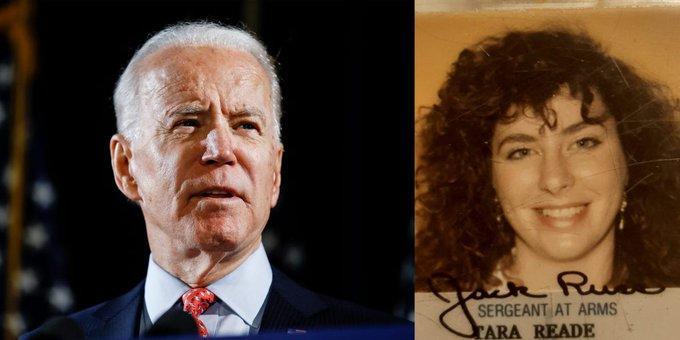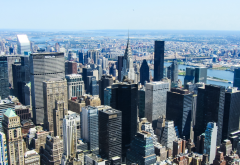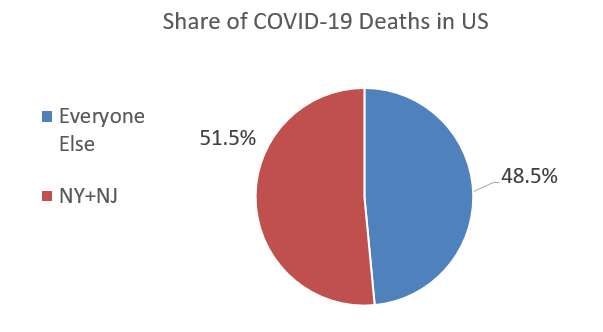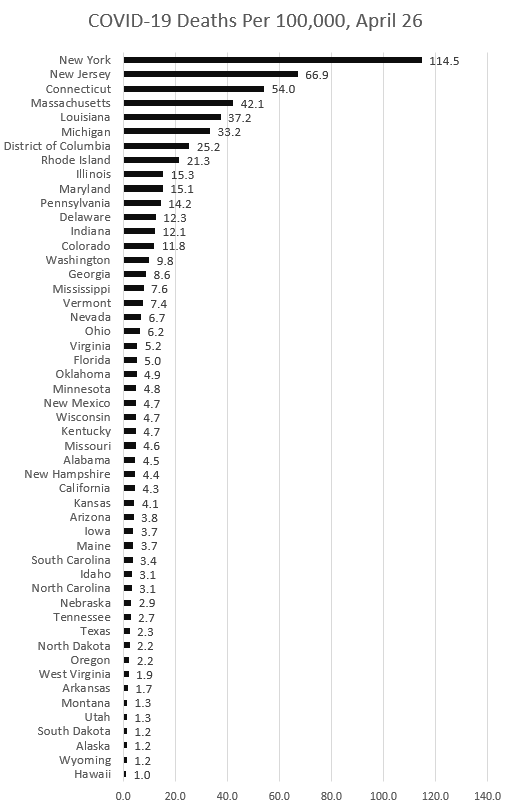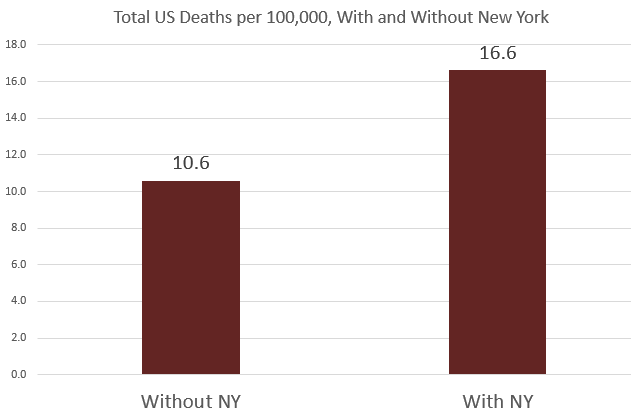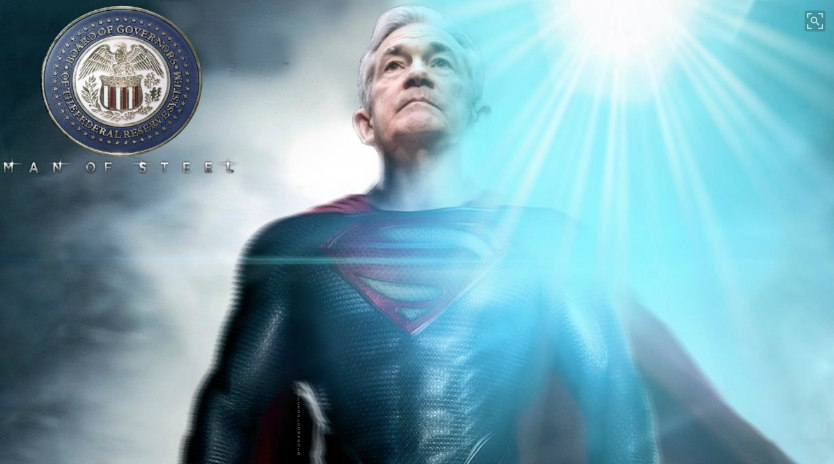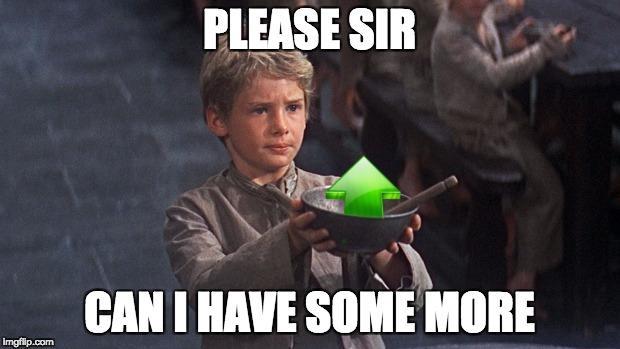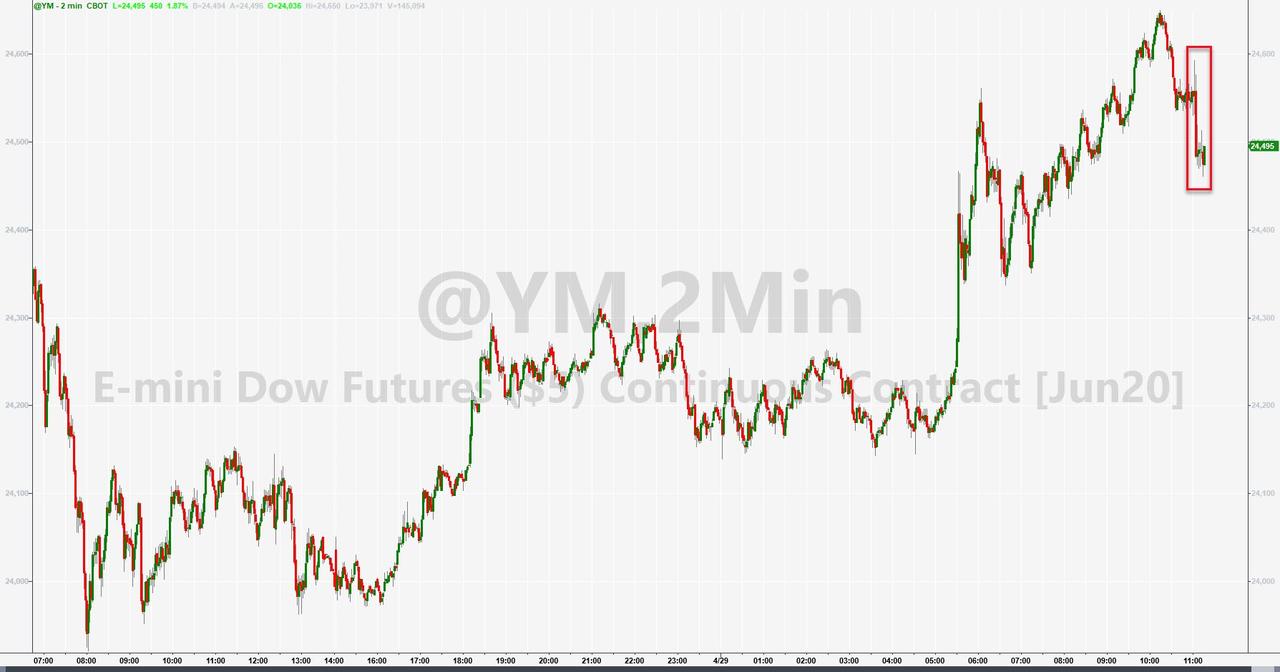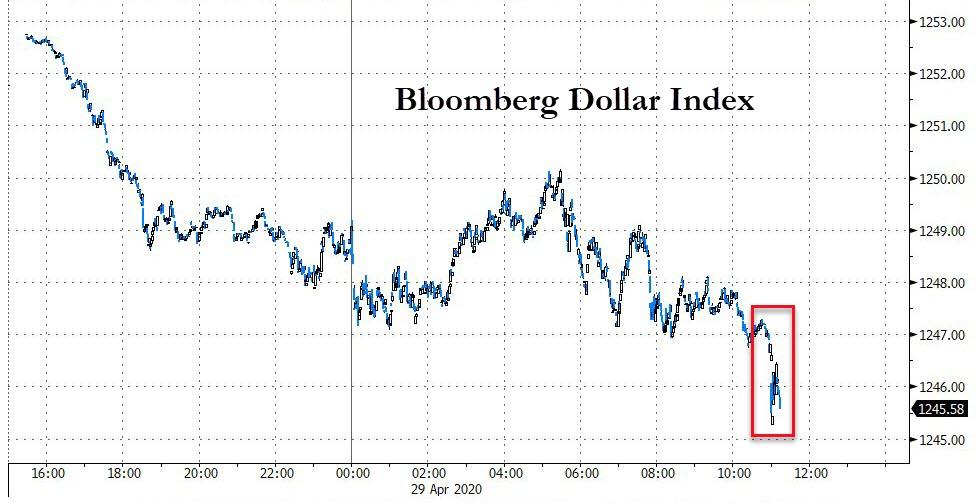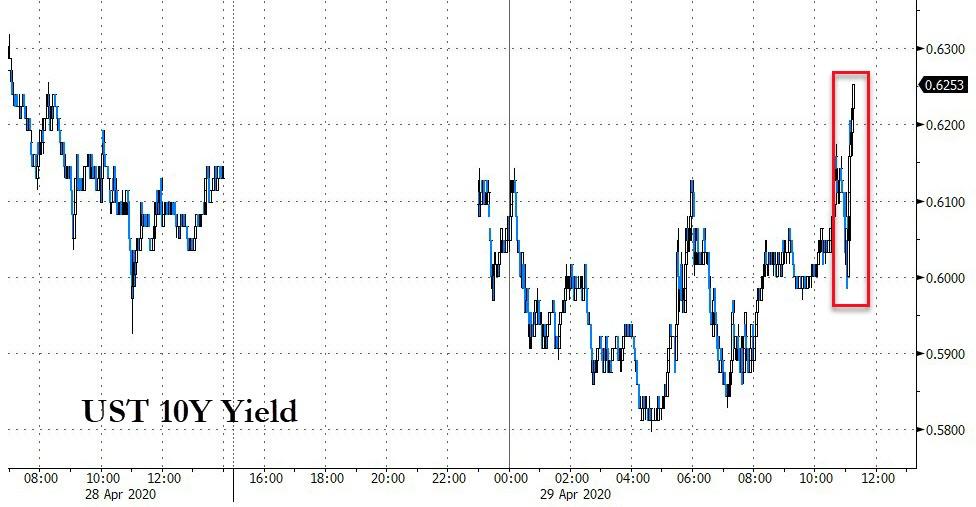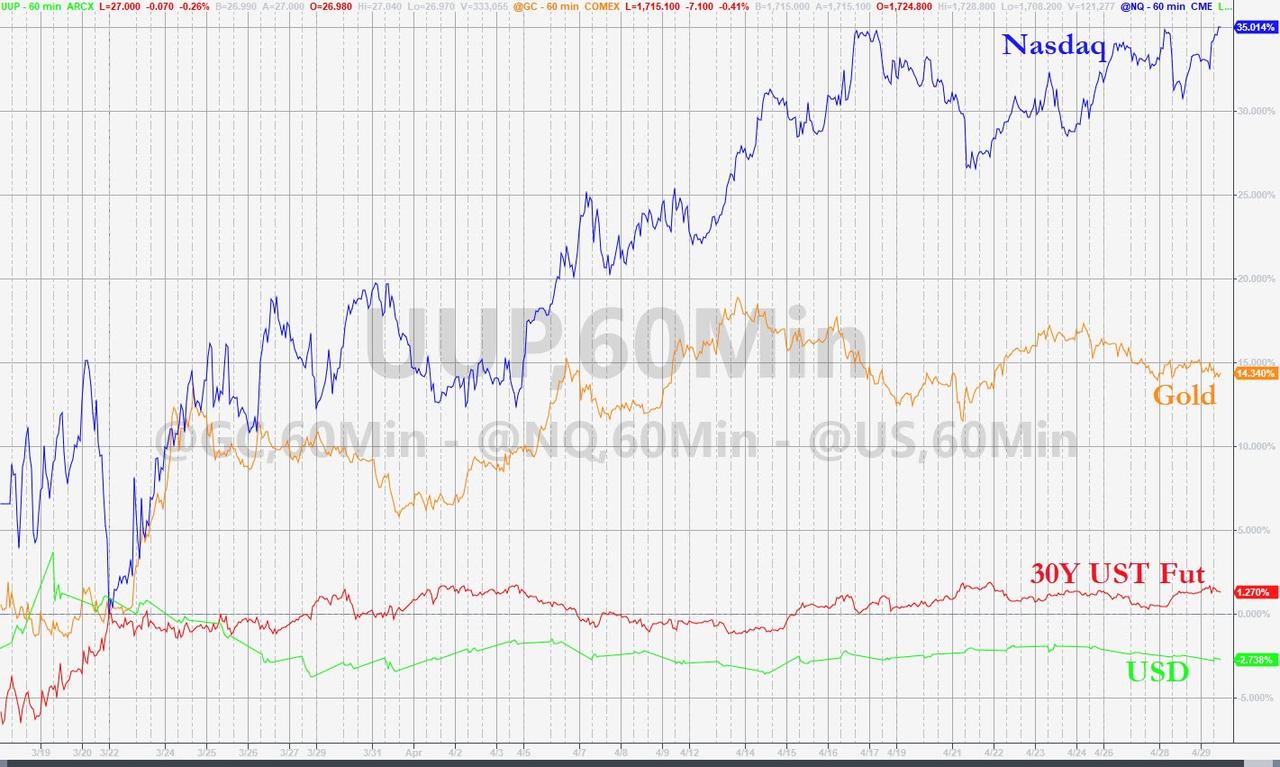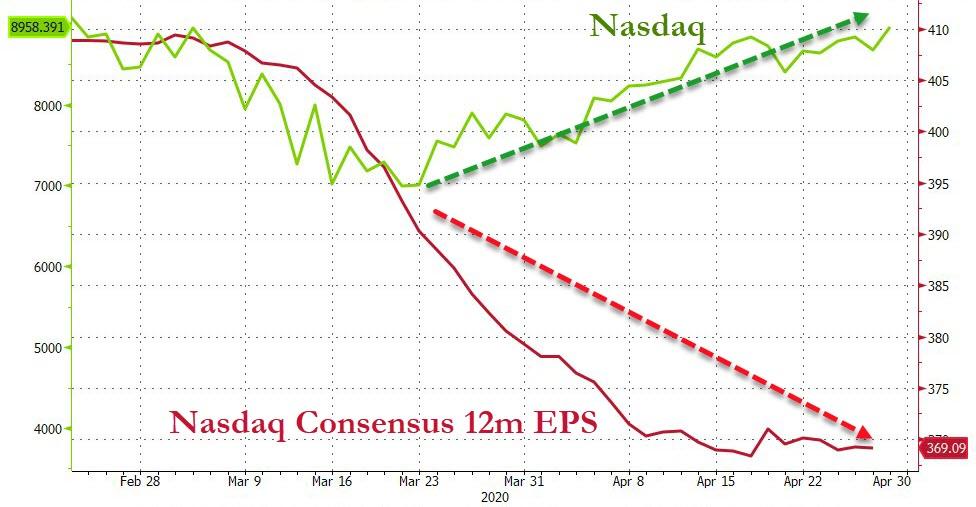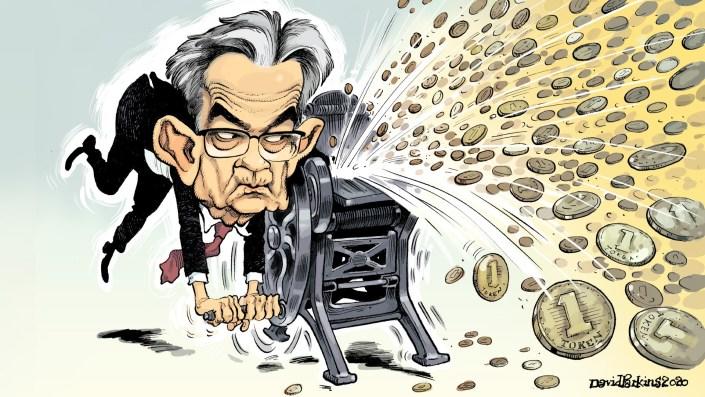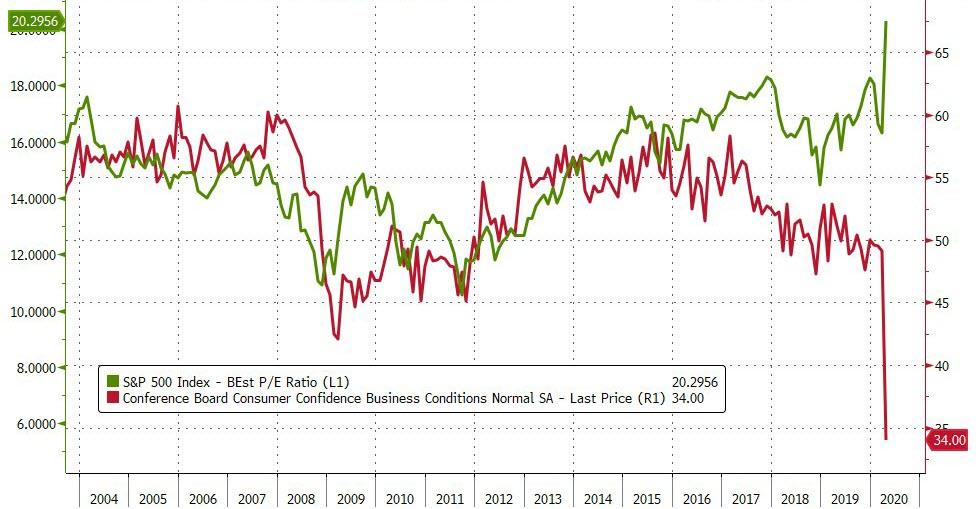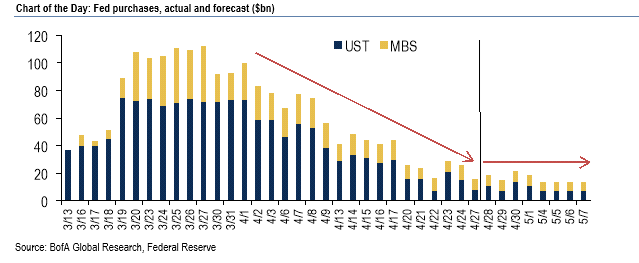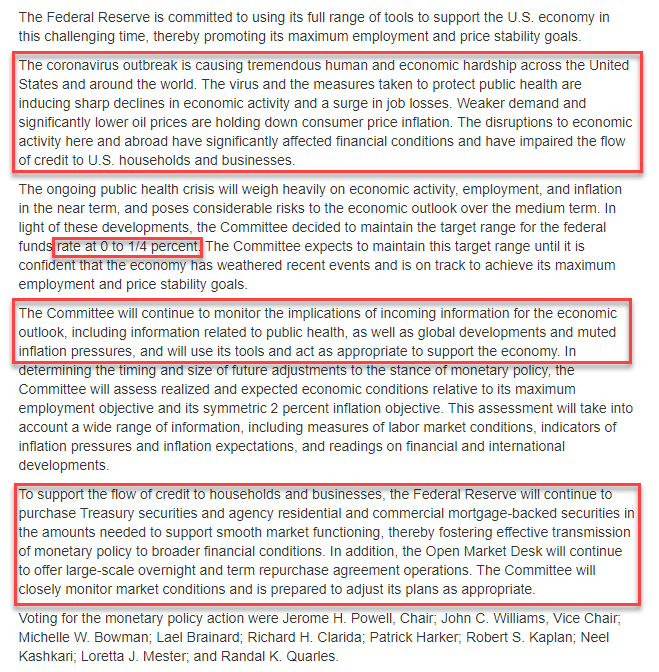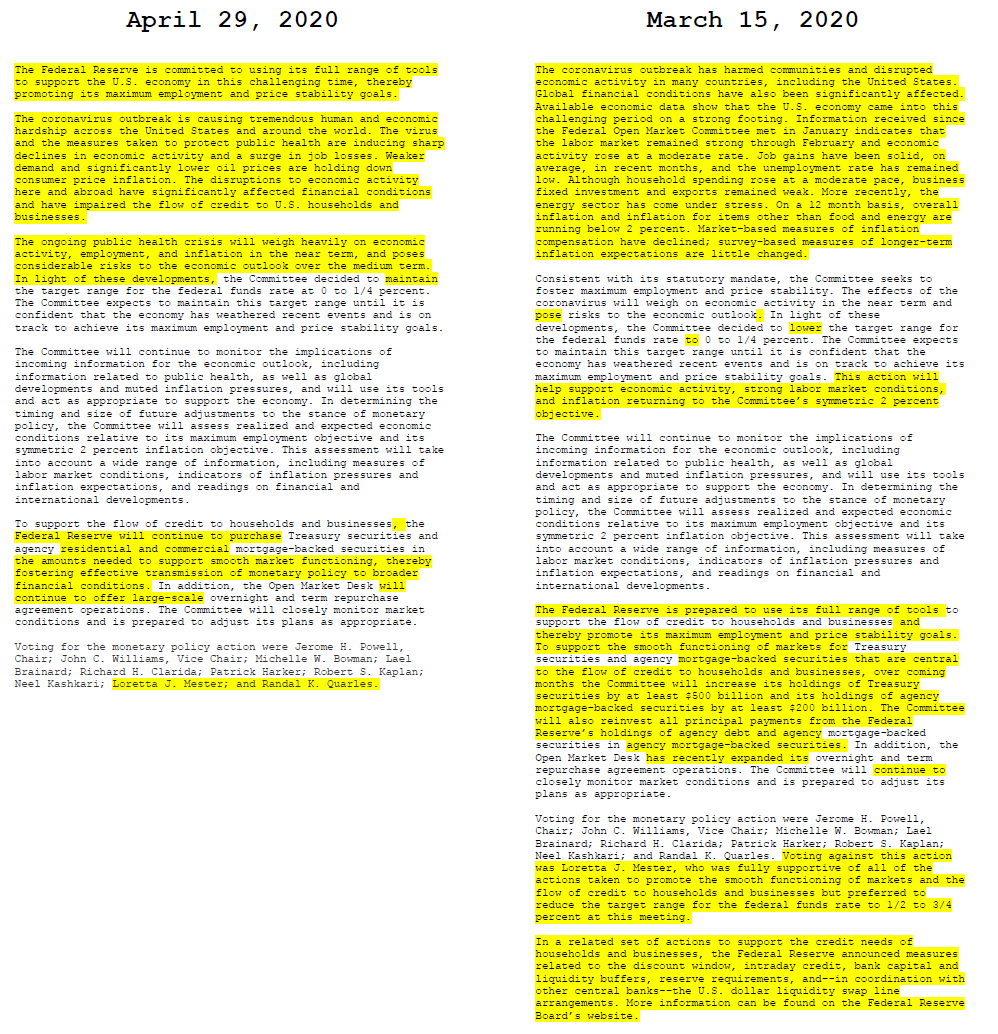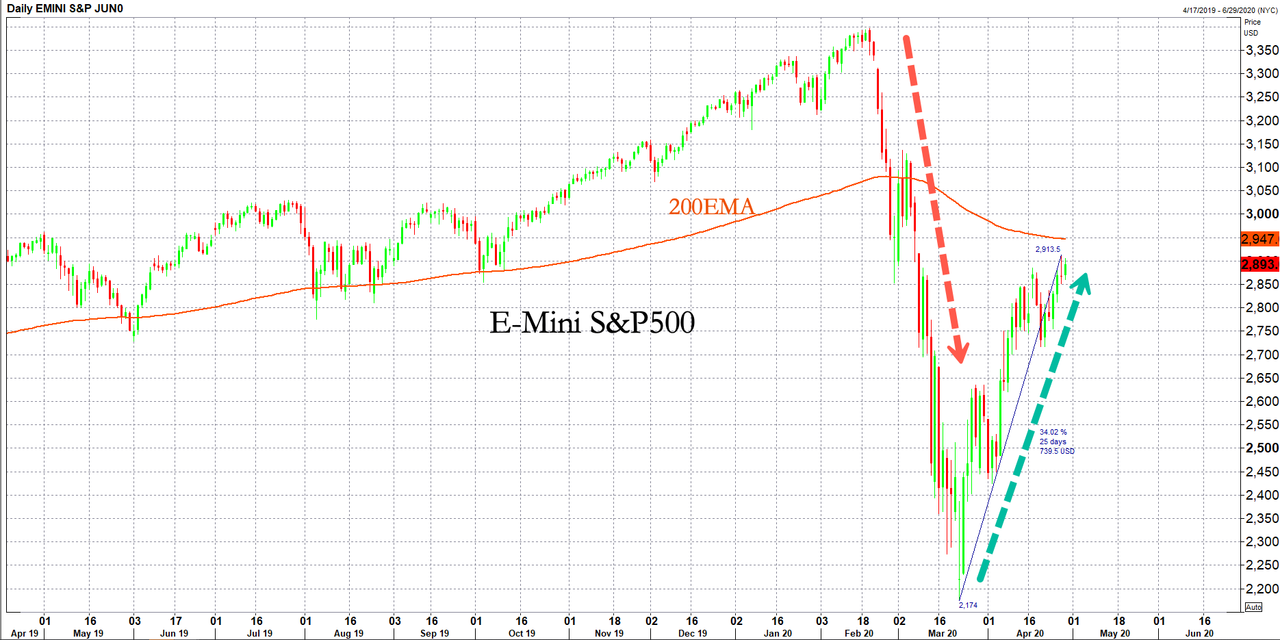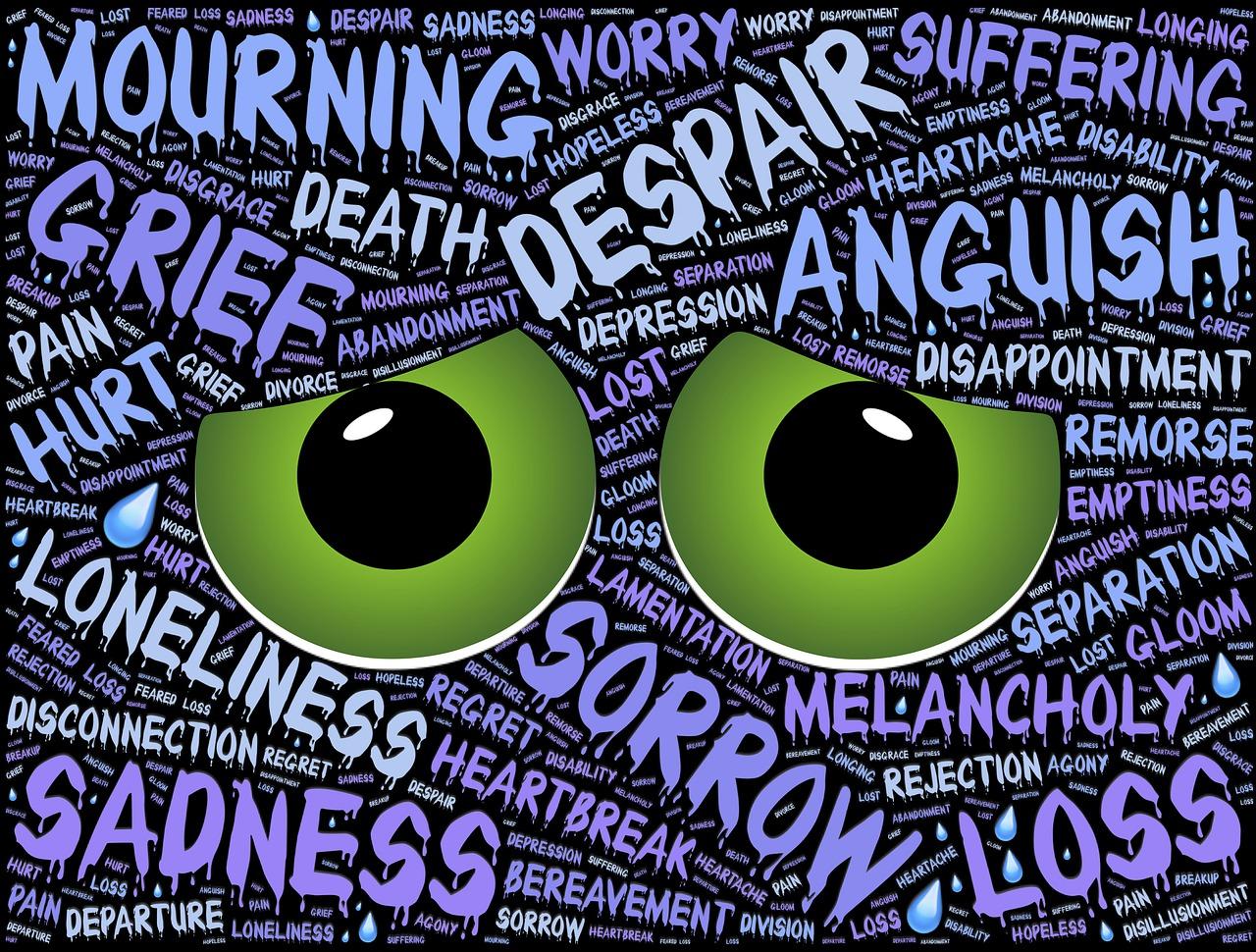A New York Times analysis of mortality data from seven states concludes that the “coronavirus death toll” is “far higher than reported.” During the five-week period from March 8 through April 11, the Times found, there were nearly 50 percent more deaths in those states than the average for the same period in the last five years. Comparing those excess deaths to the number of COVID-19 deaths reported in each state, the analysis finds a total difference of 9,000, which is about 50 percent higher than the official tallies suggest.
Like an earlier Times analysis of excess deaths in 11 countries, these calculations call attention to fatalities associated with the COVID-19 epidemic that do not show up in the provisional numbers reported to the U.S. Centers for Disease Control and Prevention (CDC). Those omitted fatalities include not just overlooked deaths caused by COVID-19 (e.g., those involving people who died at home and were never tested) but deaths from other causes that might have been prevented in the absence of the epidemic.
The latter category could include people who did not get adequate treatment because hospitals were flooded by COVID-19 cases, people who avoided hospitals because they were afraid of catching the disease, and people who died because of lockdown-related bans on “elective” surgeries. As former Nebraska Sen. Bob Kerrey noted in a recent Wall Street Journal op-ed piece, those prohibited surgeries have included potentially lifesaving procedures such as diagnostic biopsies and treatments for cancer and heart disease.
Looking at excess deaths therefore helps illuminate the full impact of the epidemic, which goes beyond deaths caused directly by COVID-19. It also includes deaths due to strained health care systems in places such as New York and New Jersey, deaths caused by fear of the disease (which may have led people to eschew medical care), and even deaths caused by policies aimed at curtailing the epidemic.
At the same time, equating excess deaths with the “coronavirus death toll” is potentially misleading. While COVID-19 deaths that have been overlooked obviously are relevant in figuring out what percentage of people infected by the virus will be killed by it, deaths that were not actually caused by COVID-19 are not. Four months into this pandemic, the infection fatality rate (IFR) remains unclear. It hinges not just on the true number of deaths (the point emphasized by the Times) but also on the true number of infections, which is bound to be far higher than the number of confirmed cases because testing in the United States so far has been skewed toward people with severe symptoms, who are not representative of people who have been infected.
The ratio of total infections to confirmed cases is a matter of much controversy. Antibody studies in the United States have generated estimates ranging from around 10 times more total infections than confirmed cases in New York to something like 70 times more in Santa Clara County, California (a result that critics of that study view as impossibly high). Furthermore, it seems likely that the ratio, and therefore the IFR, varies from one part of the country to another, depending on local conditions such as age demographics, the prevalence of preexisting medical conditions, testing rates, and the quality and capacity of the health care system.
Still, it seems clear that when it comes to crude case fatality rates (reported deaths as a percentage of confirmed cases), the error in the denominator is much bigger than the error in the numerator. Even if we (inaccurately) attribute all the excess deaths counted by the Times to COVID-19, a death toll that is off by 50 percent affects the IFR calculation much less than a case tally that is off by a factor of 10 (as suggested by antibody tests in New York).
Another question raised by the Times analysis is the extent to which its findings for these seven states (Colorado, Illinois, Maryland, Massachusetts, Michigan, New Jersey, and New York) reflect the experience in other states or the country as a whole. The CDC keeps a weekly tally that compares “deaths from all causes” to expected deaths based on data for the same week in 2017 through 2019. Perhaps coincidentally, all of the states that the Times chose for its analysis had excess deaths in the week ending yesterday. Most states did not.
According to the CDC, for example, California, Florida, Georgia, Ohio, Pennsylvania, Texas, Virginia, and Washington all had fewer deaths in the week ending on April 28 than would be expected based on the 2017–19 average. The same was true, on average, for the United States, which had 6 percent fewer deaths than expected. In the weeks ending on March 28, April 4, and April 11, by contrast, the country as a whole did have excess deaths, ranging from 2 percent to 15 above the 2017–19 average. But those percentages are far lower than what the Times found in the seven states it considered.
Maybe those snapshots are misleading, and maybe the states that are not seeing excess deaths right now will in the future, depending on the stage of their epidemics and the impact of loosening lockdown restrictions. But it sure looks like the Times picked states that would generate impressive excess-death counts—in particular, New York and New Jersey, which together account for more than 70 percent of the gap between official COVID-19 death tolls and excess deaths described by the Times.
The newspaper’s interpretation of these data is questionable in another way. “These increases belie arguments that the virus is only killing people who would have died anyway from other causes,” it says. That formulation is a strawman, since it is obviously not true that everyone who is killed by COVID-19 “would have died anyway” (except in the long term). But since COVID-19 deaths are concentrated among people who are elderly and/or have serious preexisting medical conditions, the extent to which the epidemic will increase excess deaths this year remains unclear.
That point has been raised by experts such as British epidemiologist Neil Ferguson, whom no one would accuse of trying to minimize the threat posed by COVID-19. “By the end of the year, what proportion of those people who’ve died from COVID-19 [in the U.K.] would have died anyhow?” Ferguson asked during parliamentary testimony last month. “It might be as much as half to two-thirds of the deaths we’re seeing from COVID-19, because it’s affecting people who are either at the end of their lives or in poor health conditions. So I think these considerations are very valid.”
Since the Times analysis covers just five weeks, it does not address that issue. And even if Ferguson’s estimate is wrong, the distribution of deaths matters. Although some people think broaching the subject is unseemly, inhumane, or uncivilized, the number of life-years lost to COVID-19 is clearly relevant in assessing the costs and benefits of policies aimed at containing it.
from Latest – Reason.com https://ift.tt/2YhtKOx
via IFTTT
